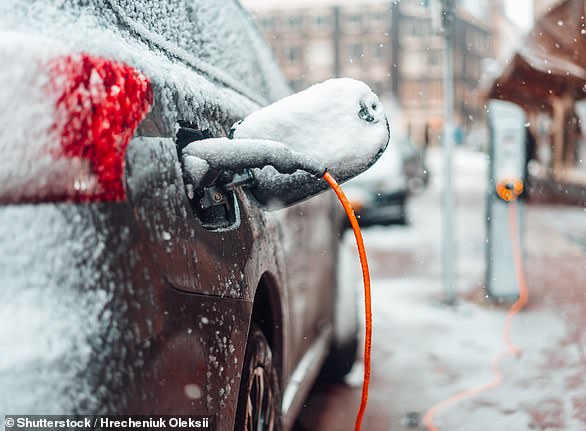For many electric car drivers, the biggest anxiety while on the road is the fear of running out of charge.
But the days of frantically searching for a charging station could soon be a thing of the past, thanks to a new thermal cloak that promises to make batteries last longer.
The cloak is the brainchild of researchers from Shanghai Jiao Tong University, and is designed to keep electric cars cool in the summer and warm in the winter.
Best of all, the cloak can do this passively, without the need for any outside energy input.
‘The thermal cloak is like clothes for vehicles, buildings, spacecrafts, or even extraterrestrial habitats to keep cool in summer and warm in winter,’ said Dr Kehang Cui, senior author of the study.
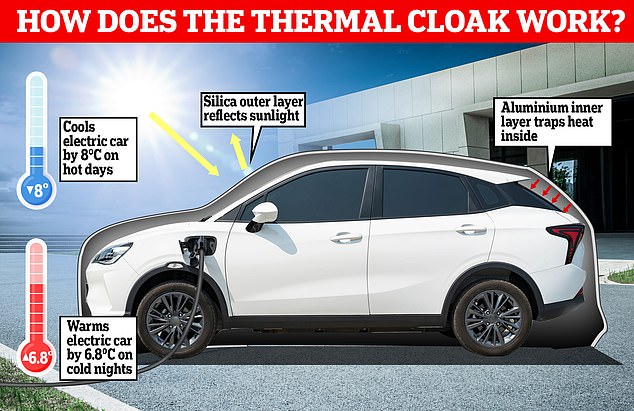
For many electric car drivers, the biggest anxiety while on the road is the fear of running out of charge. But the days of frantically searching for a charging station could soon be a thing of the past, thanks to a new thermal cloak that promises to make batteries last longer
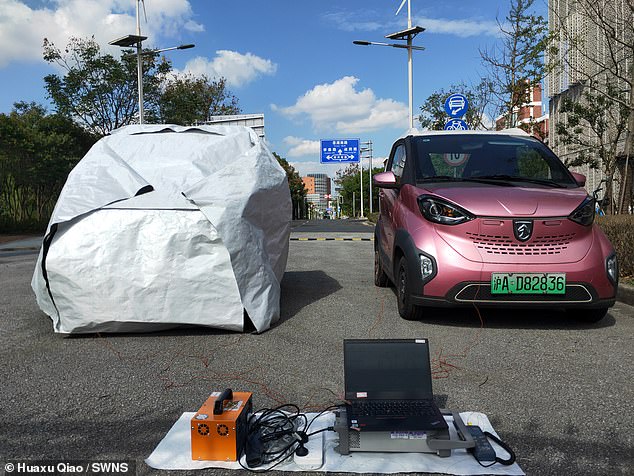
The cloak is the brainchild of researchers from Shanghai Jiao Tong University, and is designed to keep electric cars cool in the summer and warm in the winter
It’s a known fact that electric vehicles (EVs) do not like colder conditions and these can restrict performance.
This is because batteries work less efficiently when temperatures fall to single and minus digits.
The lithium-ion batteries in most modern EVs rely on a chemical reaction to store and release electricity, but when it’s colder the process slows down and therefore restricts battery performance.
This results in the dramatic loss in usable range.
As explained by public charging operator Osprey, EV batteries have an optimum temperature of around 20°C to 25°C.
Charging when it’s much colder or hotter than this affects the chemical reaction and the transfer of energy in the battery.
This means it can take longer for the battery to replenish, especially overnight.
To combat this issue, the researchers designed a thermal cloak that can dampen natural temperature fluctuations.
The cloak, dubbed the Janus Thermal Cloak, has two key components – an outer layer that reflects sunlight, and an inner layer that helps to trap heat inside.
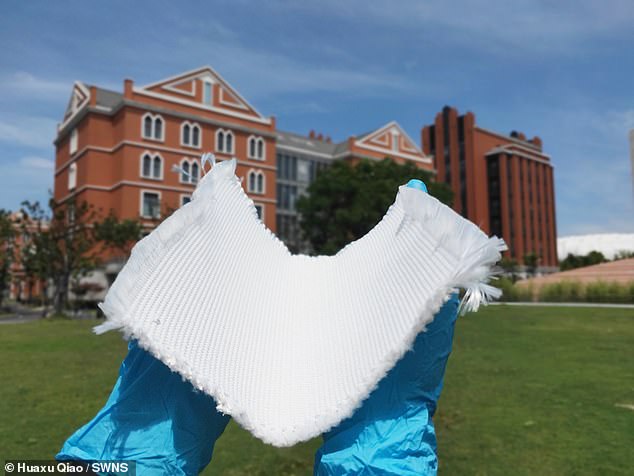
The cloak, dubbed the Janus Thermal Cloak, has two key components – an outer layer that reflects sunlight, and an inner layer that helps to trap heat inside
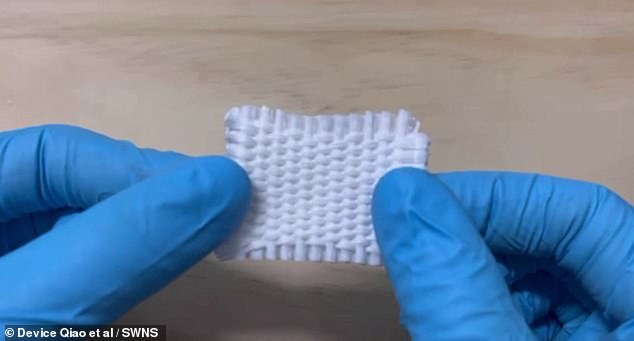
The outer layer is made from thin fibers of silica coated in flakes of hexagonal boron nitride, a ceramic material similar to graphic. These fibers are braided and woven together into a fabric, before being attached to the aluminium alloy inner layer
The outer layer is made from thin fibers of silica coated in flakes of hexagonal boron nitride, a ceramic material similar to graphic.
These fibers are braided and woven together into a fabric, before being attached to the aluminium alloy inner layer.
To assess how effective the thermal cloak is, the team tested electric vehicles parked outside in Shanghai.
First, they tested the temperature of an uncovered car, and found the cabin reached 50.5°C at midday.
However, when electric cars were covered with the thermal cloak, their interiors were 22.8°C—27.7°C lower.
Meanwhile, at midnight, the covered cars never dropped below 0°C – 6.8°C higher than the temperature outside.
‘This is the first time that we could achieve warming above the ambient temperature by almost 7°C during winter nights,’ said Dr Cui.
‘This is also kind of surprising to us—there’s no energy input or sunshine and we can still get warming.’
The team says the thermal cloak was purposefully designed to make scaling up production easier in the future.
However, it remains unclear how much the cloak will cost, or when it will be available.
Speaking to MailOnline, Dr Cui said: ‘We don’t have an estimation on how much the cloak would cost.
‘We are carrying out further field tests at larger scale and analysis to translate the metrics and performance of the thermal cloak we tested in our paper to real-world economic benefits, such as what percetage of battery life can we increase, or how much electricity and energy can we save annually if we apply the thermal cloak on a building.
‘We hope to commercialize the thermal cloak soon.’

